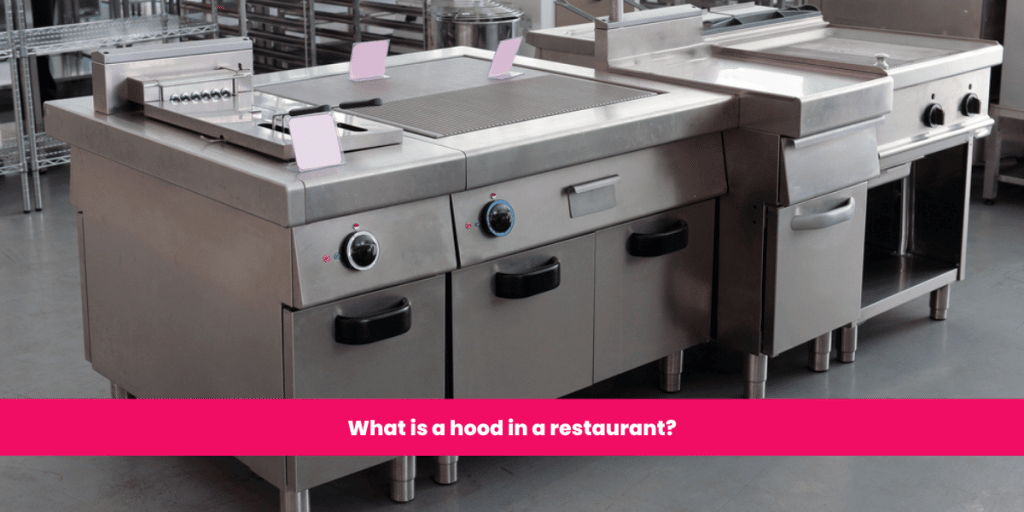Why Do Restaurants Use Hoods and What Do They Do?
Have you ever seen a metal structure hung over the cooking equipment at a restaurant? Hoods are structures that play an important part in the operation of a restaurant. In this blog article, we’ll examine hoods, what they’re used for, and how they assist keep restaurants clean and safe. Continue reading to find out more!
What exactly are Hoods?
Hoods are intended to collect and remove oil and smoke from the atmosphere. This contributes to a clean and safe environment for both kitchen staff and consumers. In restaurants, there are two types of hoods: type 1 hoods (commonly known as grease hoods) and type 2 hoods (also known as vapour hoods).
Grease Hoods (Type 1)
Grease hoods are used above grease-laden vapour-producing equipment such as stoves, fryers, and griddles. These hoods function by pulling air through a grease filter, which collects grease particles. The building’s air is then expelled.
Vapour Hoods (Type 2)
Vapour hoods, on the other hand, are placed over machinery that generates steam or heat but not grease vapours. These hoods function by pulling air through a heat exchange coil, which transfers heat from exhaust air to entering air. The cooled exhaust air is then expelled from the structure.
Furthermore, vapour hoods are typically installed over ovens, steam tables, and dishwashers.
How Do Hoods Operate?
Hoods feature a lot of components that allow them to perform correctly and effectively. Let’s look at how they operate in more detail!
- The Grease Filter: This is a critical component of the hood because it catches grease particles in the air. These filters are available in a number of materials, including stainless steel and aluminum.
- The Hood Body: This is the location of the fan. It is linked to the filter through an exhaust connection (also known as a B-vent). After passing through the filter, the air is routed into the fan.
- The Fan: This is what propels air through the hood and generates a vacuum that draws air in from the surrounding surroundings (such as doors and windows). A grease hood should have at least six inches between the hood body and the fan to be effective.
- The Exhaust Duct: This links the hood to the exhaust system and aids in the removal of smoke and vapours from grease traps. It should always run perpendicular to windows and doors (to prevent them from being sucked open).
It should be noted that both type 1 and type 2 hoods must be vented to the outside. Fumes and vapours can persist in the building without sufficient ventilation, providing a major health danger to both consumers and employees.
So there you have it – a quick rundown on how hoods keep restaurants clean and safe! Check out if you’re seeking restaurant equipment.
What Is the Importance of Hoods?
Hoods are essential in keeping restaurants clean and safe. They aid in the removal of oil, smoke, and other pollutants from the air, resulting in a more comfortable workplace for both personnel and consumers. Furthermore, hoods aid in the prevention of fires by eliminating flammable vapours from the kitchen area.
That’s all there is to it! A lesson on hoods: what they are and why restaurants employ them. Hoods are an essential aspect of any restaurant’s safety system, so it’s crucial to understand how they function. Thank you for your time!

